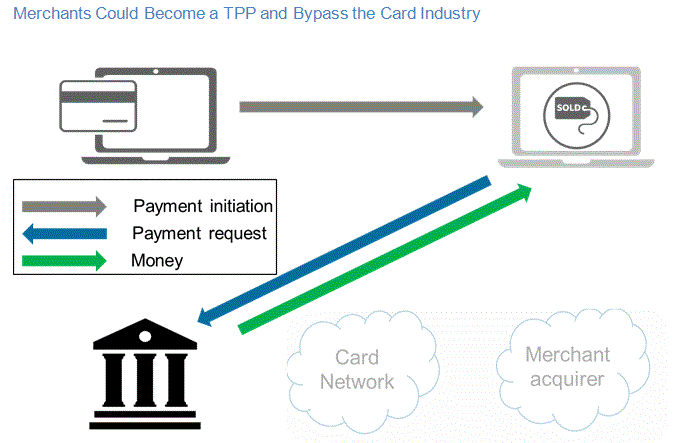Payment Services Directive II: Dramatic Changes on the Horizon
Abstract
Celent has released a new report titled Payment Services Directive II: Dramatic Changes on the Horizon. The report was written by Gareth Lodge, senior analyst in Celent’s Banking practice.

It may seem dramatic to state that the European payments industry is likely to change forever in the next two years, but, alarmingly, many banks are only really beginning to talk about it, despite the massive repercussions. The industry is only awakening in the final few months since the change became official. That change is the second version of the Payment Services Directive (PSD2). To understand why the industry should be concerned, it’s necessary to understand how the PSD evolved, what the industry has (perhaps incorrectly) assumed the PSD2 is about, and what the PSD2 will actually do.
The report seeks to explore the following questions:
- What does the PSD2 do??
- What elements are fixed by the PSD2?
- Why is XS2A going to be so significant?
Central to why the changes are so dramatic is the access to accounts (XS2A) provision. This seeks to decouple the payments value chain and introduce a new class of organization, a third party provider (TPP). Among other things, these TPPs will be able to initiate, directly from the bank account, payments on behalf of their clients. Given that most consumers don’t pay for making a payment, the dynamics of banking could change. For example, should a merchant choose to become one of the new TPPs, it could bypass many of the charges it faces today.

“The changes that PSD2 brings are so radical, and the details still not fully defined, that I suspect we’re only seeing the tip of the iceberg,” said Lodge. “Organizations outside of Europe should also pay close attention. The hurdles to being able to use XS2A are very low. In effect, banks and corporates outside of Europe could become TPPs and therefore control and make payments, and get real-time balance information, from their European bank accounts using their own ERP systems.”

